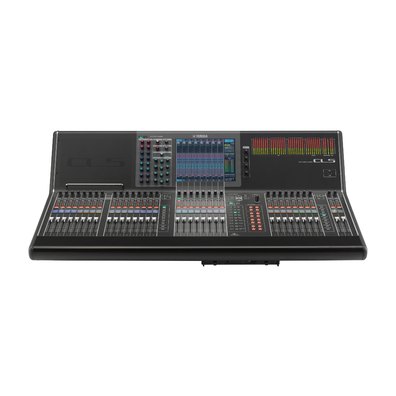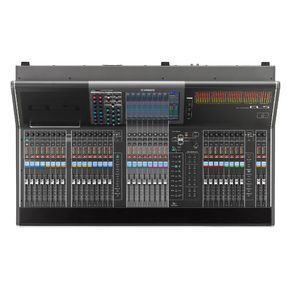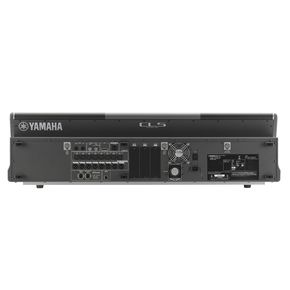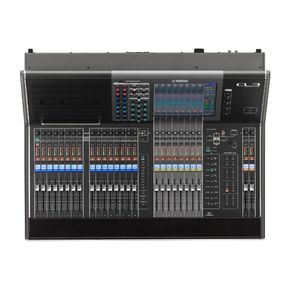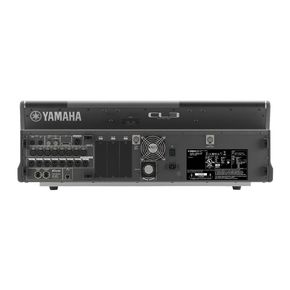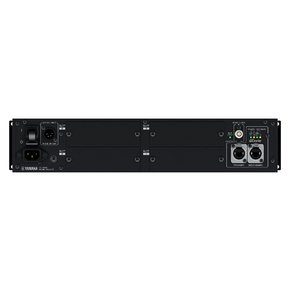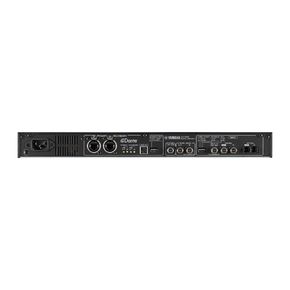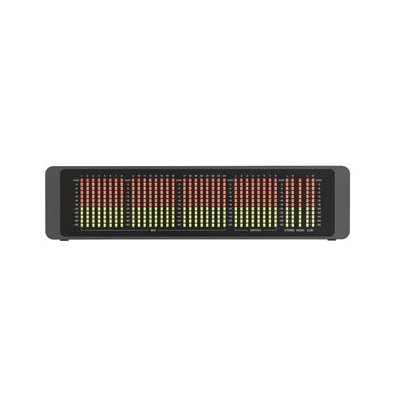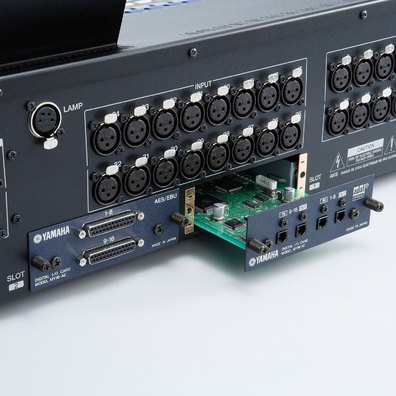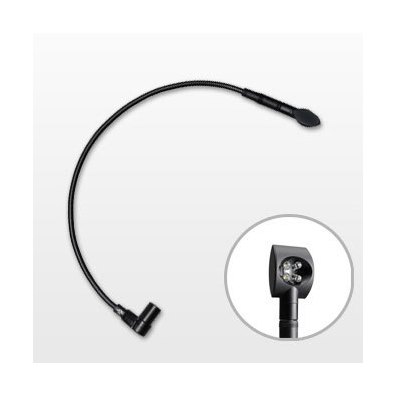产品详情

产品信息
音质
对于每个音响师、艺术家和听众来说,音质是设备的根本。在这个前提下,通过全面分析、测试和改进电路和技术的每个细节,Yamaha CL 系列调音台拥有了无比纯净的音质。不仅如此,它还拥有一系列丰富的“色彩”可供选择,从而为使用它们的音频工作者提供了大的创新自由度。调音台的信号处理器数量庞大,音质出众,其中包括的Portico 5033/5043EQ 均衡器和压缩器等设备,它们将Yamaha VCM 技术与传奇的Rupert Neve技术完美地结合在一起。在纯净自然的硬件平台声音基础上,音响调音师们获得了大幅度创造理想声音效果的可能。
创建理想自然的声音平台
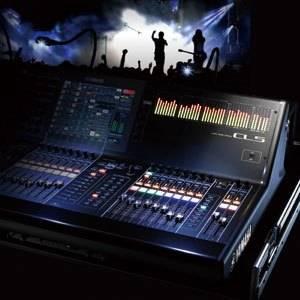
CL 系列调音台全面运用了目前先进的数字音频技术,它所诠释的自然音质为艺术家和音响师发挥想象力提供了充分的条件。这种音质不能单单用技术指标衡量。反复听取行业中人士的评价,进行听音评测,作为改善其声音品质不可或缺的环节。开发者们花费了大量的时间,付出了巨大的努力,创造了新一代CL 系列数字调音台。
细致入微的声音
挑战始于调音台的输入口。为了获得超高水准的音质,每个部件——供电部分、接地部分、电路板、机械结构以及信号初始输入阶段中数不胜数的细节,都必须经过为严苛的精选和设计。作为开发进程中重要环节的听音实测,也正是从这个初阶段开始的。 因为改变一个电子元件可能让声音产生非预期的结果,所以开发流程中细微的变更也注意并进行评估。AD 和DA 转换器也进行了严格的测量,以达到优良的性能。另外还有详尽的AD/DA 主时钟频谱分析、FPGA 时钟信号引导的调节,以获取自然具音乐性的声音。任何音频系统的另一个重要评判指标是供电部分。这其中除了供电能力以外,供电电容的品质,以及接地功能都必须严格设计和制造,以确保达到低阻抗等严格要求。这一切使输入信号能好地自然还原,为信号处理和效果器提供良好的基准,终产生完美的声音。
非凡的品质和创新潜力
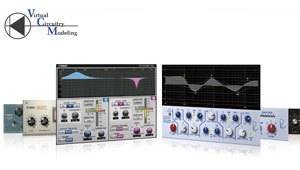
为了创造尽可能丰富的现场声并满足艺术家的要求,音响师会运用他们的经验和想象力创造大量实用或是富于创造力的音效。因此调音师的首要工具——调音台,必须能满足上述一切要求。当然音质是根本,但音质只是CL 系列调音台众多优势的一部分。它们还配置了先进的虚拟电路建模技术,能够按用户的需要添加的声音特性,在保证声音真实性的前提下塑造声音。
echnical Specification of CL/QL
*1) This is the maximum number of devices shown in the ONLINE DEVICE LIST of Dante SETUP. Only devices shown in the list can be mounted from the console.
*2) Each rack in the REMOTE HA ASSIGN window can have up to 32 channels.
CL5, CL3, CL1
| CL5 | CL3 | CL1 | ||
|---|---|---|---|---|
| Sampling frequency rate | Internal | 44.1kHz / 48kHz | 44.1kHz / 48kHz | 44.1kHz / 48kHz |
| External | 44.1kHz: +4.1667%, +0.1%, -0.1%, -4.0% (±200ppm), 48kHz: +4.1667%, +0.1%, -0.1%, -4.0% (±200ppm) | 44.1kHz: +4.1667%, +0.1%, -0.1%, -4.0% (±200ppm), 48kHz: +4.1667%, +0.1%, -0.1%, -4.0% (±200ppm) | 44.1kHz: +4.1667%, +0.1%, -0.1%, -4.0% (±200ppm), 48kHz: +4.1667%, +0.1%, -0.1%, -4.0% (±200ppm) | |
| Signal delay | Less than 2.5ms, OMNI IN to OMNI OUT, Fs=48kHz | Less than 2.5ms, OMNI IN to OMNI OUT, Fs=48kHz | Less than 2.5ms, OMNI IN to OMNI OUT, Fs=48kHz | |
| Total harmonic distortion | Less than 0.05% 20Hz-20kHz@+4dBu into 600Ω, OMNI IN to OMNI OUT, Input Gain = Min. | Less than 0.05% 20Hz-20kHz@+4dBu into 600Ω, OMNI IN to OMNI OUT, Input Gain = Min. | Less than 0.05% 20Hz-20kHz@+4dBu into 600Ω, OMNI IN to OMNI OUT, Input Gain = Min. | |
| Frequency response | +0.5, -1.5dB 20Hz-20kHz, refer to +4dBu output @1kHz, OMNI IN to OMNI OUT | +0.5, -1.5dB 20Hz-20kHz, refer to +4dBu output @1kHz, OMNI IN to OMNI OUT | +0.5, -1.5dB 20Hz-20kHz, refer to +4dBu output @1kHz, OMNI IN to OMNI OUT | |
| Dynamic range | 112dB typ.: DA Converter / 108dB typ.: OMNI IN to OMNI OUT, Input Gain = Min. | 112dB typ.: DA Converter / 108dB typ.: OMNI IN to OMNI OUT, Input Gain = Min. | 112dB typ.: DA Converter / 108dB typ.: OMNI IN to OMNI OUT, Input Gain = Min. | |
| Hum & noise level | Equivalent input noise | -128dBu typ., Equivalent Input Noise, Input Gain=Max. | -128dBu typ., Equivalent Input Noise, Input Gain=Max | -128dBu typ., Equivalent Input Noise, Input Gain=Max |
| Residual output noise | -88dBu, Residual output noise, ST master off | -88dBu, Residual output noise, ST master off | -88dBu, Residual output noise, ST master off | |
| Crosstalk | -100dB*1, adjacent OMNI IN/OMNI OUT channels, Input Gain = Min. | -100dB*1, adjacent OMNI IN/OMNI OUT channels, Input Gain = Min. | -100dB*1, adjacent OMNI IN/OMNI OUT channels, Input Gain = Min. | |
| Power requirements | US/Canada: 120V 60Hz, Japan: 100V 50/60Hz, China: 110-240V 50/60Hz, Korea: 220V 60Hz, Other: 110-240V 50/60Hz | US/Canada: 120V 60Hz, Japan: 100V 50/60Hz, China: 110-240V 50/60Hz, Korea: 220V 60Hz, Other: 110-240V 50/60Hz | US/Canada: 120V 60Hz, Japan: 100V 50/60Hz, China: 110-240V 50/60Hz, Korea: 220V 60Hz, Other: 110-240V 50/60Hz | |
| Power consumption | 170W: Internal Power Supply / 200W: Simultaneous use of Internal PSU and External PW800W | 170W: Internal Power Supply / 200W: Simultaneous use of Internal PSU and External PW800W | 170W: Internal Power Supply / 200W: Simultaneous use of Internal PSU and External PW800W | |
| Dimensions | W | 1053mm (41 1/2in) | 839mm (33 1/8in) | 648mm (25 5/8in) |
| H | 299mm (11 3/4in) | 299mm (11 3/4in) | 299mm (11 3/4in) | |
| D | 667mm (26 1/4in) | 667mm (26 1/4in) | 667mm (26 1/4in) | |
| Net weight | 36kg (79.4lb) | 29kg (63.9lb) | 24kg (52.9lb) | |
| Others | Temperature Range: Operating temperature range: 0 - 40℃, Storage temperature range: -20 - 60℃ | Temperature Range: Operating temperature range: 0 - 40℃, Storage temperature range: -20 - 60℃ | Temperature Range: Operating temperature range: 0 - 40℃, Storage temperature range: -20 - 60℃ | |
Analog Input Characteristics
*1. Sensitivity is the lowest level that will produce an output of +4dBu(1.23V) or the nominal output level when the unit is set to maximum gain.(all faders and level controls are maximum position.)
*2. XLR-3-31 type connectors are balanced..(1=GND, 2=HOT, 3=COLD)
*3. In these specifications, 0dBu = 0.775 Vrms.
*4. All input AD converters are 24bit linear, 128times oversampling.
*5. +48V DC ( phantom power ) is supplied to OMNI IN (1-8) and TALKBACK XLR type connectors via each individual software controlled switches.
Analog Output Characteristics
*1. XLR-3-32 type connectors are balanced.( 1=GND, 2=HOT, 3=COLD )
*2. PHONES stereo phone jack is unbalanced.( Tip=LEFT, Ring=RIGHT, Sleeve=GND )
*3. In these specifications, 0dBu = 0.775 Vrms.
*4. All output DA converters are 24bit, 128times oversampling.
*5. There are switches inside the body to preset the maximum output level.
*6. The position of the level control is 10dB lowered from Max.
Digital Input & Output Characteristics
Digital Output Characteristics
*1. XLR-3-32 type connectors are balanced. (1=GND, 2=HOT, 3=COLD)
I/O Slot (1-3) Characteristics
Control I/O Characteristics
Each I/O Slot accepts a Mini-YGDAI card. Only Slot1 has a serial interface.
*1. Input pins: Internal TTL-level pull-up resistors provided (47kΩ). Output pins: Open-drain output (Vmax = 12V, max. sink current/pin = 75mA) Power pins: Output voltage Vp = 5V, max. output current Imax = 300mA
*2. Pin 4 = +12V, Pin 3 = GND, lamp rating 5W. Software voltage control.
以数字方式再现动人的模拟声
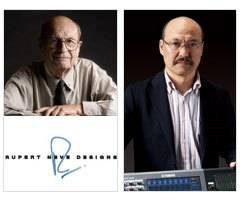
Rupert Neve 先生是音频行业的传奇。他的贡献贯穿于音频录音和制作行业发展的历史和,其所推出的话筒前级放大器、均衡器、压缩器和调音台都成为专业音频领域的黄金标准。
毫无疑问,Mr. Neve 对待声音的态度非常严肃,因此他本人和他的Rupert Neve Designs 公司正式认可Yamaha 原型VCM(虚拟电路建模)技术是我们巨大的荣幸。他们表示,该技术是能够准确建模丰富而具表现力的模拟声的技术。采用VCM 技术,数字音频会被终赋予模拟设计方案的音质。
VCM 技术由Toshi Kunimoto(“Dr. K”)先生和他的Yamaha创新部门“K’s Lab”所开发,是一种电路建模概念,深入到电容和电阻层面高效模仿每个电路部件的详细特性,终创造出一种惊人的真实电路模拟效果,这种技术的声音轻松超越任何普通数字模仿技术的效果。然而精确性也不是的考量标准,音乐性也同样重要,两者都可以通过VCM 建模技术实现。
CL 配备了的Neve Portico 5033 均衡器和Portico 5043 压缩/ 限制器等VCM 型号效果器,而这两种效果器都是在Yamaha 和 Rupert Neve Designs 公司紧密合作下开发的。调音台中还包括其它VCM均衡器、压缩器和录音棚级效果器。相信您一定会听出其中的不同。
内建了革命性的Dan Dugan自动混音器
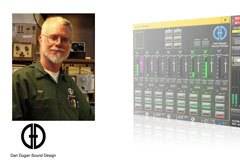
通过与Dan Dugan Sound Design公司的深度合作,具有先进算法的Dan Dugan自动话筒混音技术已经被应用到CL系列调音台。方便的设置:只需将处理器插入多16个通道,即可自动优化话筒增益的分配。增益控制平滑流畅,像一名经验丰富的音响师正在操作一样。系统能够有效降低反馈和梳状滤波问题。对于演讲用途,尤其是脱稿演讲时,该功能可让调音师摆脱不断操作推子的工作,专注于其它调音细节,从而获得持续的高品质混音。


